I cannot help to find awkward when someone says that lettering is “the new thing” because it has been there for a long while. You just have to raise your head and look around you.
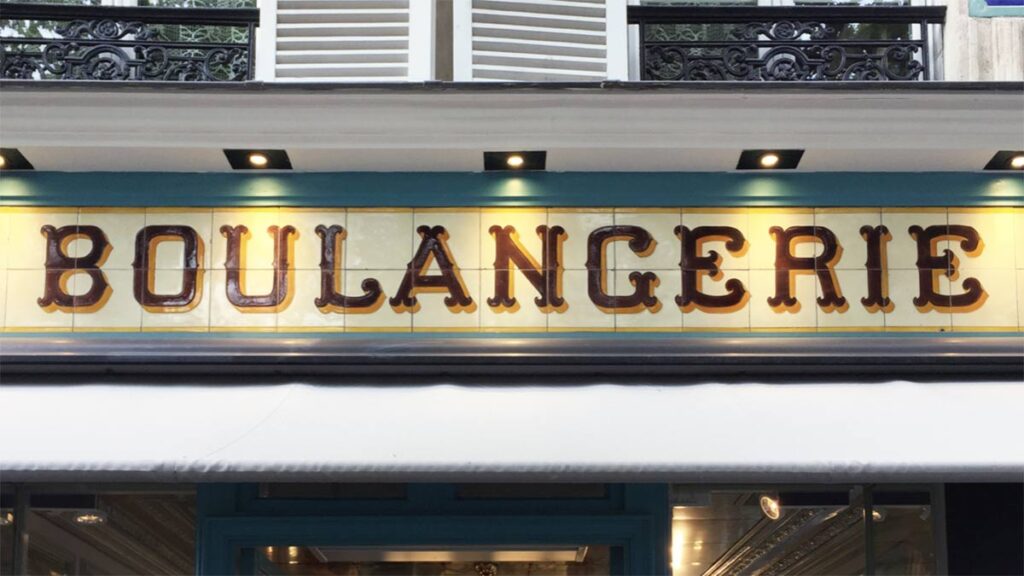
This is the storefront of a bakery in Paris. By looking at this sign I can almost picture the bread they make. I can picture the baker, using THE BEST ingredients, and working carefully on each bun, in a beautifully equipped kitchen. The baker surely puts a lot of attention into making that bread, just like the artisan that made this sign, who carefully painted every single stroke and serif of that lettering. By looking at the sign you just want to eat that bread, that has to taste delicious—and I can say, it did taste delicious. That is the power of lettering, to communicate much more than the literal meaning of the words.
Why lettering styles matter.
As letters embody the message you want to convey, their shape is essential for your storytelling. Do you want your lettering to look friendly? Cold? Should your lettering look official, or throw you back to a specific time in history? The text and its shape are counterparts of the message.
I remember that when I started creating lettering I was fascinated with brush letter shapes. All I wanted to draw was brush lettering, and so I did. I drew tons of brush lettering pieces and became pretty good at it. It didn;t take me long to realize that brush lettering was not always a good fit for the message. I felt stuck there, like missing the words to tell new stories.
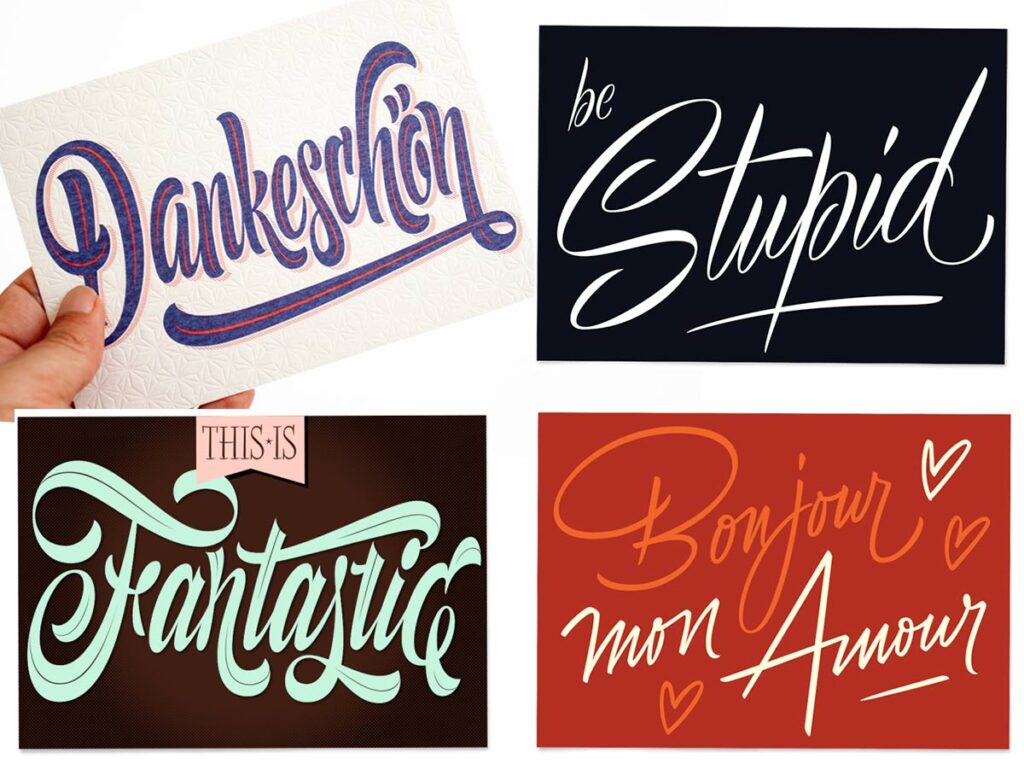
I realized that in order to become a better lettering artist, I needed to be able to approach other styles confidently. Furthermore, this would make my work more interesting for me! The great thing about being able to approach several styles is that you can get to tell more powerful stories. Aditionally, it enables you to approach different kinds of briefs, which comes in handy when you are looking to work commercially as a lettering artist.
Approaching a new style is always challenging, simply because it lays outside of our comfort zone. Understanding the principles of the style, its origins, and foundations can provide you a very good starting point.
Approaching a new lettering style.
These are essentially the steps to approach a new lettering style:
1- Research to find our where its origins are. Pro tip: it usually derives from a calligraphic style.
2- Try to understand the logic behind it and the underlying rules.
3- Customise it and make it your own.
Let’s take for instance black letter—Oh yes, I know that you might be wondering “could you please start with an easier one?”. Well, let’s knock the most challenging one and get it over with!
Blackletter is an umbrella term for a group of calligraphic styles widely used throughout Europe between the twelfth and seventeenth centuries. It is executed with a broad nib and is defined by its angular and narrow ductus. In broad-nib calligraphy, the tool is moved downwards and sideways in order to draw the letter shapes. It is held at a constant angle so that the nib always points in the same direction. The unchanging angle is what makes the thick and thin strokes consistent.
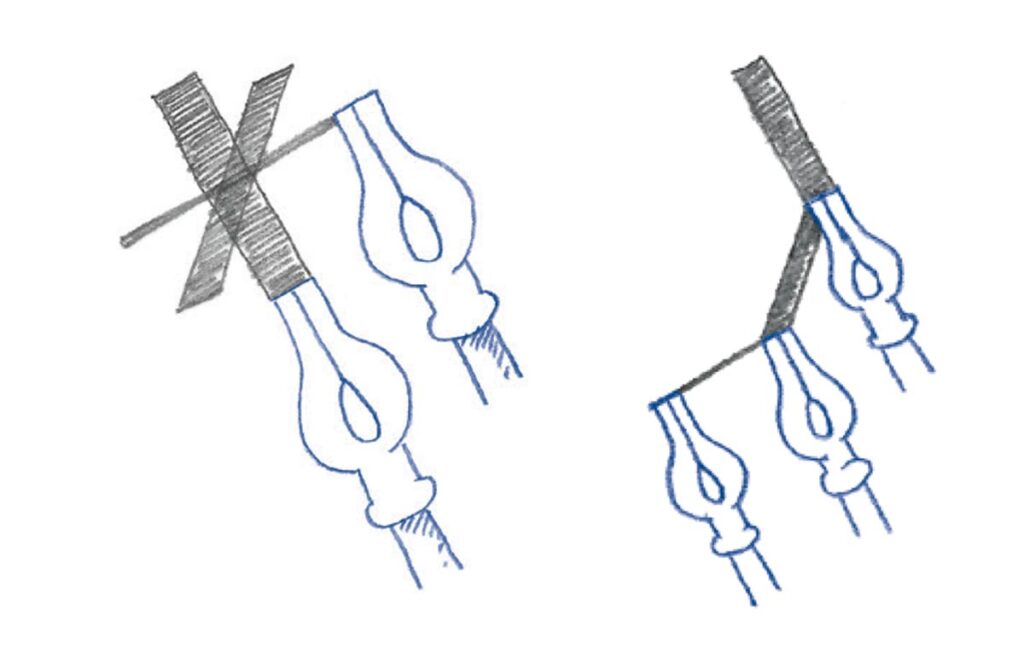
The curves of the letter shapes are often “broken” through abrupt changes in direction. As a result, the script has a dark, heavy look, and its basic shapes—especially those of capital letters—often deviate from Latin letterforms. Understanding how this calligraphic style works is essential to create blackletter lettering.
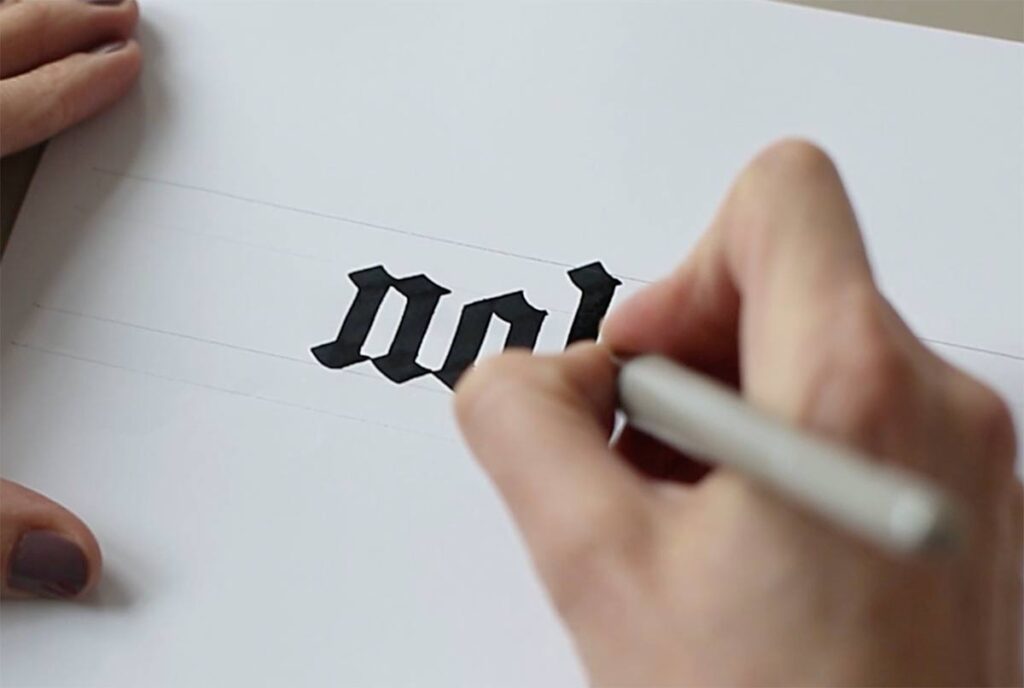
Here’s an example of a recent assignment I made for American magazine 5280. The art director approached me to “create an illuminated manuscript inspired lettering”. I didn’t need to write the headline with a broad nib here but knowing the foundations of blackletters calligraphy made the whole difference. Afterward, I could go ahead and customize the stroke endings and the shape of the flourishes. These cannot be achieved with a calligraphic tool and is what sets lettering apart from calligraphy: you can always draw it in a unique way.
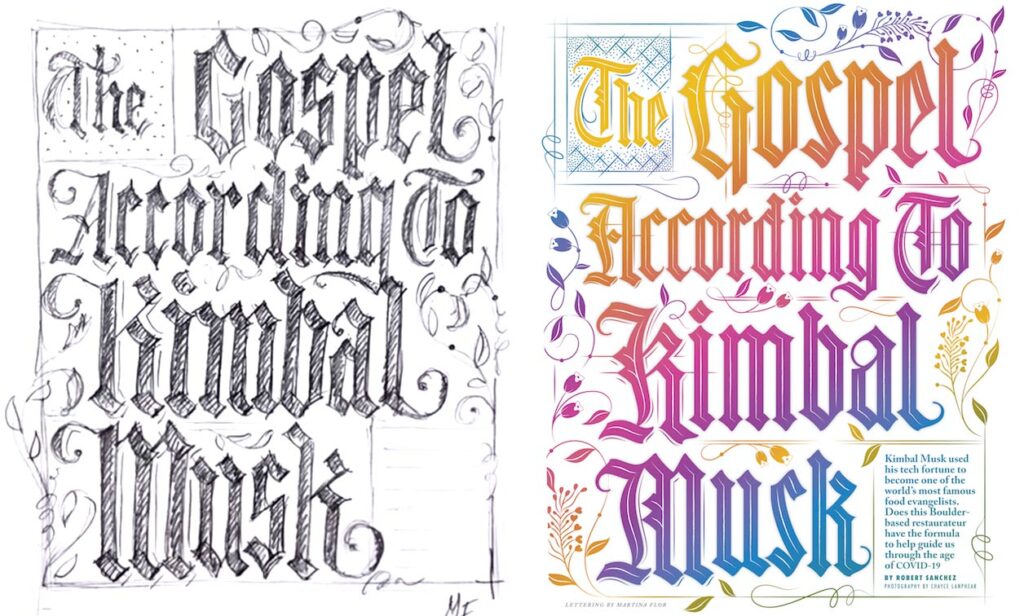
Does this mean that you need to master black letter calligraphy to be able to create a black letter inspired lettering? Of course not! But understanding calligraphy is surely a necessary part of creating lettering. A smart lettering artist always has a set of calligraphic tools at hand!.
BTW, today is my birthday. I'm happy to celebrate it with you in this little space! 🎉
Sign up for more lettering tips delivered to your inbox:
